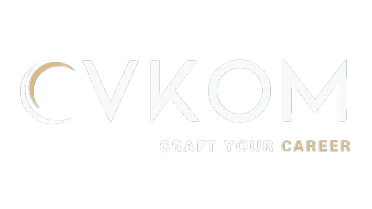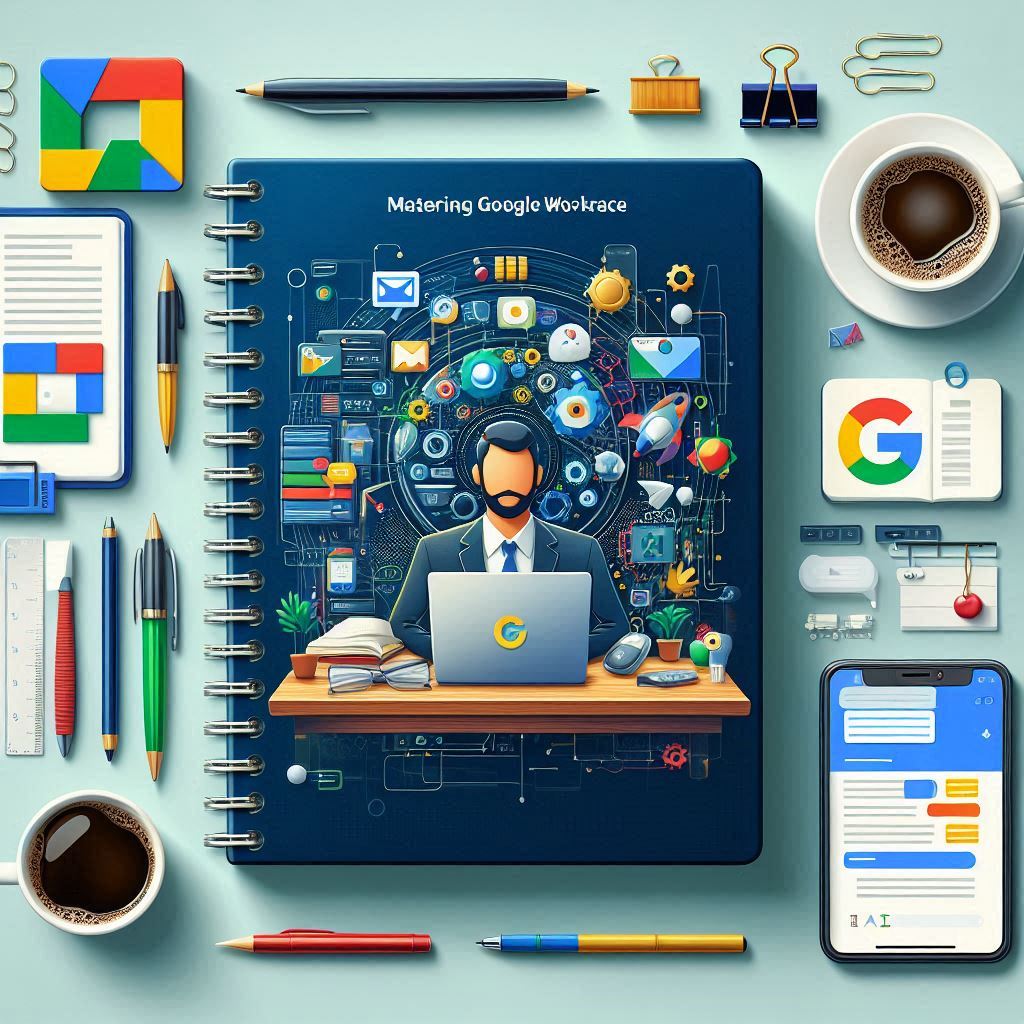This guide highlights the importance of references as a credibility booster for your resume and offers insights on when to include them, how to obtain permission, and best practices for presenting them professionally. It also provides guidance on customizing references for different industries and avoiding common mistakes.
How to
Effectively Use References in Your Resume: A Comprehensive Guide
Including references in your resume
can enhance your application by offering credible endorsements of your skills
and experience. However, managing this aspect strategically is crucial to make
the best impression without cluttering your resume. This guide will provide
detailed insights into when, where, and how to use references effectively to
boost your chances of landing the job.
Why
References Matter
- Validate Your Experience: References confirm the credibility of your claims
about your skills, achievements, and character.
- Showcase Strong Professional Relationships: They demonstrate your ability to work well with others
and leave a positive impact.
- Reinforce Your Suitability: A strong reference can highlight your specific
qualities that align with the job requirements.
When
to Include References in Your Resume
- When Requested by the Employer: Only include references if the job listing
specifically asks for them.
- For Certain Industries: Some industries, such as academia or healthcare, often
require references upfront.
- In Case of Limited Experience: If you lack work experience, references from
professors, mentors, or volunteer supervisors can strengthen your
application.
How
to Use References Effectively
1.
Choose the Right People
Select references who can provide
meaningful and specific insights into your skills and work ethic.
Who to Include:
- Direct Supervisors:
They can vouch for your professional performance and achievements.
- Colleagues or Team Members: They can highlight your teamwork and collaboration
skills.
- Mentors or Professors: Ideal for entry-level candidates or those with limited
work experience.
Who to Avoid:
- Family members or friends (unless they were your
supervisors in a professional context).
- People unfamiliar with your professional abilities.
2.
Obtain Permission
How to Ask for Permission:
- Reach out via email or phone, explaining why you’re
requesting their reference.
- Share the job description and highlight key skills or
experiences you’d like them to emphasize.
3.
Create a Dedicated Reference Section
If you’re including references, add
a separate section at the end of your resume or in a separate document.
Example Format for a Reference
Section:
References
- John Smith
Former Manager, XYZ Corporation
Email: john.smith@xyzcorp.com | Phone: +1-555-123-4567 - Jane Doe
Senior Colleague, ABC Solutions
Email: jane.doe@abcsolutions.com | Phone: +1-555-987-6543
4.
Use a “References Available Upon Request” Statement
If the employer hasn’t explicitly
asked for references, simply include this statement at the bottom of your
resume.
Example:
"References available upon request."
This keeps your resume concise while
signaling that you’re ready to provide references if needed.
5.
Customize Your References for Each Job
Choose references that align with the job requirements. For example:
- If applying for a leadership role, include someone who
can speak to your management skills.
- For technical positions, include someone who can vouch
for your technical expertise.
6.
Keep References Updated
Ensure your references are
up-to-date with your latest achievements and job applications. Provide them
with a copy of your resume for context.
7.
Limit the Number of References
Include 2-3 references for most
applications unless otherwise specified.
Sample
Resume Section
References Available Upon Request
This is a simple and professional way to indicate your readiness to provide
references.
Sample
Separate Reference Document
Jane Doe
Email: jane.doe@email.com
| Phone: +1-555-123-4567 | LinkedIn: linkedin.com/in/janedoe
References
- John Smith
Former Manager, XYZ Corporation
Email: john.smith@xyzcorp.com
Phone: +1-555-123-4567 - Jane Brown
Senior Colleague, ABC Solutions
Email: jane.brown@abcsolutions.com
Phone: +1-555-987-6543
Mistakes
to Avoid
- Including Without Permission: Always confirm with your references before listing
them.
- Providing Irrelevant References: Ensure your references are aligned with the role
you’re applying for.
- Using Too Many References: Stick to 2-3 key individuals unless otherwise
requested.
- Overloading the Resume: If references aren’t requested, exclude them to save
space for more relevant information.
- Incorrect Contact Details: Double-check contact information to avoid errors.
The
Role of References in Different Industries
- Corporate Jobs:
References often serve as a final check during the hiring process.
- Academia:
References or letters of recommendation are typically required upfront.
- Healthcare:
Employers may contact references early due to the sensitive nature of the
work.
- Creative Fields:
References are less common but may be requested for client-facing roles.
Why
Choose CVKOM for Reference Management?
At CVKOM, we help you present
your references in the most professional manner. Our platform offers:
- Customizable Templates: Tailored designs for resumes and reference documents.
- Guidance for Reference Selection: Tips to choose the best individuals for each role.
- Proofreading Tools:
Ensure accuracy in contact details and formatting.
- ATS Optimization:
Improve your resume’s compatibility with applicant tracking systems.
Conclusion
References can significantly bolster
your resume when used strategically. By choosing the right individuals,
presenting them professionally, and tailoring your approach to the job, you can
strengthen your application and leave a lasting impression. Let CVKOM
guide you in managing and presenting your references effectively.
Start building your
reference-friendly resume today with CVKOM—where preparation meets
professionalism!




